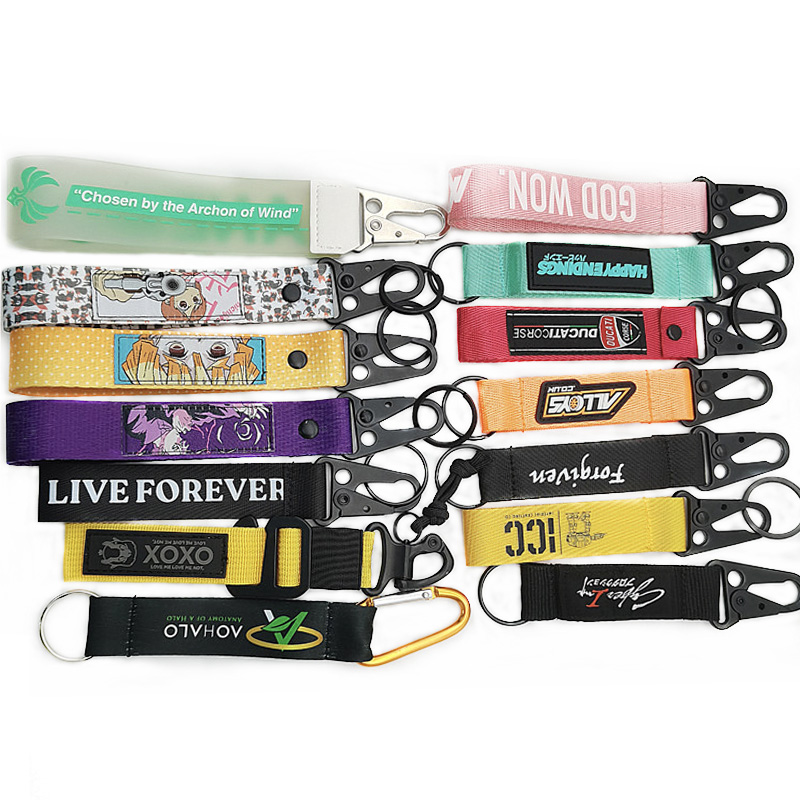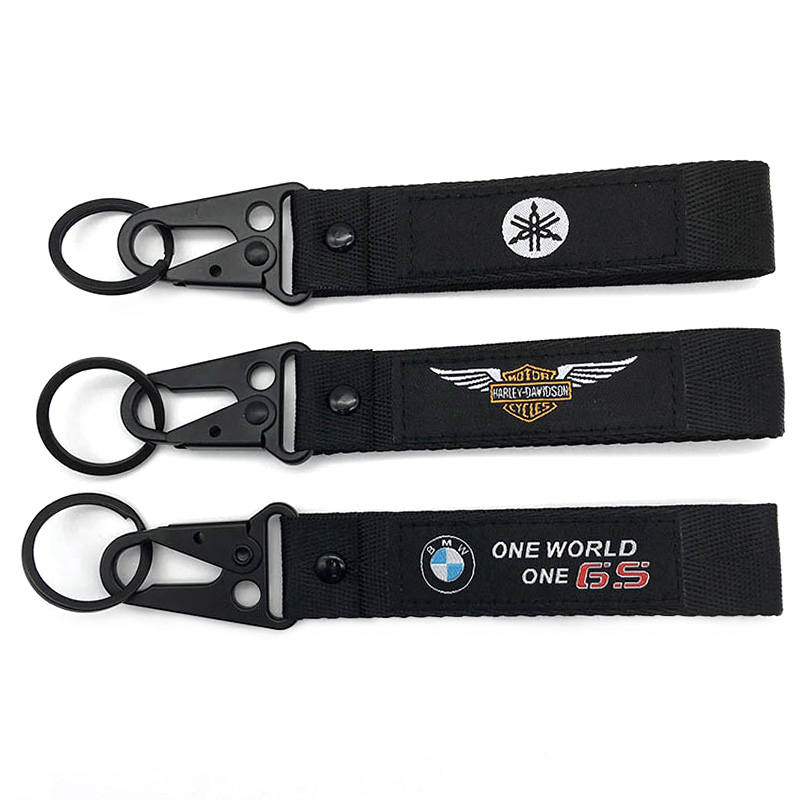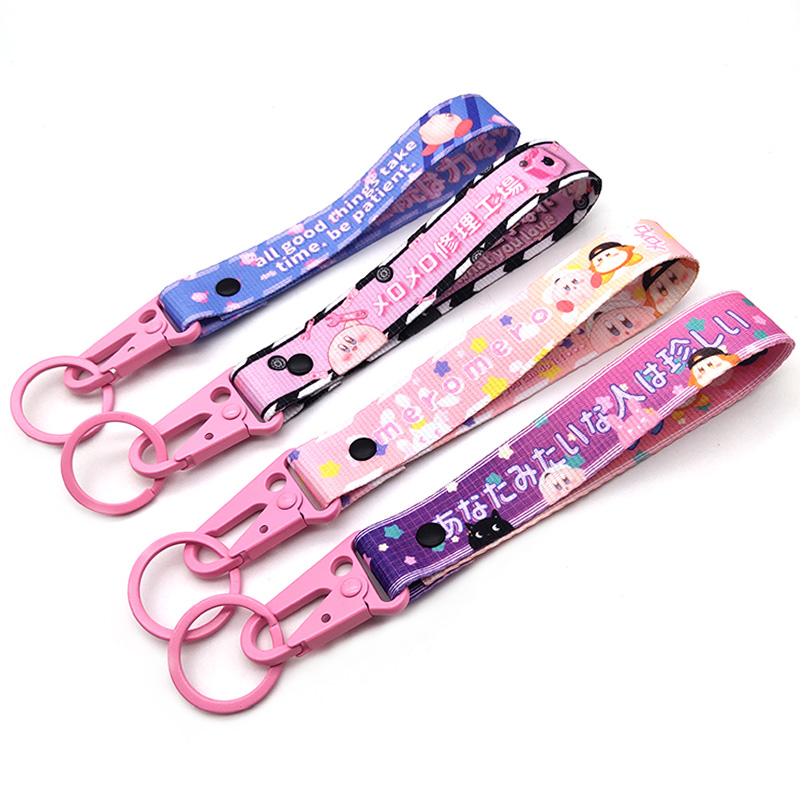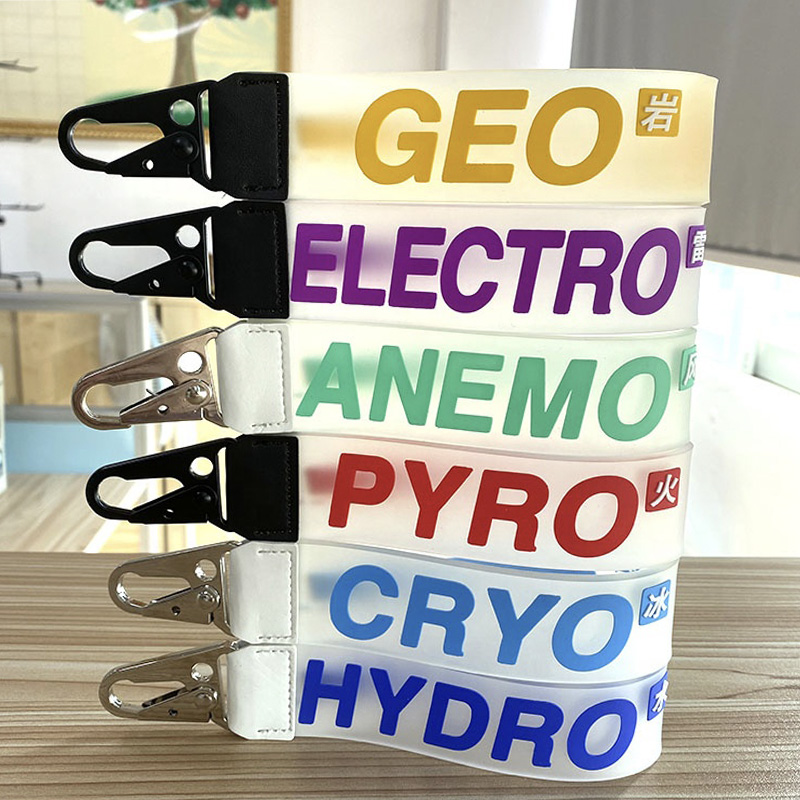6.2 Oil Maintenance
The oil circuit is one of the most important aspects of machine maintenance. The role of the oil circuit is:
1. Minimize the area of ​​direct contact between two rigid surfaces to reduce wear on both surfaces. As the wear is reduced, the accuracy of the machine is less damaged and the energy consumption is greatly reduced.
2. Due to the fluidity of the oil circuit, the heat generated by the machine components is carried away by the oil, so that the components of the machine always work within the normal temperature (does not cause thermal deformation), ensuring the transmission accuracy of the machine.
3. Anti-corrosion effect. Due to the presence of oil on the surface of the component, the air is separated from the surface of the component and the oxidation reaction is prevented. In particular, high-speed moving parts require more because the surface temperature is high and oxidation reactions are more likely to occur.
4. Sealing effect. There is always a gap between the two surfaces due to machining errors on the part surface. If both surfaces have lubricating oil, both surfaces can form a void-free state.
5. Increase the contact area between components so that the machine runs smoothly. Parts of the surface always have machining errors, so the contact areas between parts cannot reach 100%. The higher the surface roughness, the less the contact area and the poorer the running stability. If there is lubricating oil between the two surfaces, the contact area of ​​the two surfaces is greatly increased, so that the operation of the machine is stable.
From the role of the oil circuit can see the important position of the oil circuit. Oil is like human blood, and machines without oil are as unimaginable as those without blood.
6.2.1 How Lubricants Work
Why does oil play this role? The following analysis of its working principle. As shown in Figure 6.l, when the above object moves relative to the underlying object, the first is that the peaks on both sides are worn away. At this time, the contact area of ​​the two surfaces. bigger. Further relative movement, the heat generated on both surfaces increases, and the speed of heat dissipation slows down, so that the temperature of the contact surface increases, and the fluidity of the metal increases, so that the two sides fuse together. At this time, if the relative movement between the two parties continues, more power will be needed, so that more heat will be generated and the temperature will increase further. The metal taken together will continue to increase. In this way, until the contact surfaces of both sides form a whole, relative movement cannot be performed.
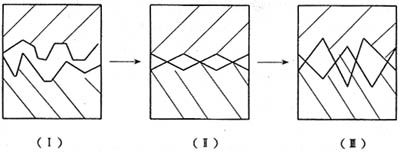
Figure 6.1
After adding lubricant to the contact surface, the situation will be greatly improved, as shown in Figure 6.2.
 Figure 6.2
Figure 6.2 In relative motion, the peaks on both sides of the contact surface are worn away, forming a condition as shown in FIG. Relative motion continues when there is lubricating oil present. The upper and lower sides are not in contact with each other, so that wear on both surfaces is avoided and the transmission accuracy is guaranteed. The friction of the contact surface is mostly carried out with oil as the medium, and the heat generated by the friction is pumped away. The role of oil here can be summarized as two points:
1. Isolate the two contact surfaces so that the two contact surfaces are in indirect contact;
2. Dissipate heat so that the contact surface temperature is kept to a minimum.
Although there is a need for refueling within the contact surface, it is generally not necessary to leave a gap for the lubricating oil. The processing error of the contact surface is sufficient to ensure the formation of the oil film.
6.2.2 The composition of the oil circuit
Lubricating oil roads are generally divided into two types: one is cyclical; the other is acyclic. The circulating oil circuit means that the lubricant entering the contact surface (except for losses) is returned to the tank. This oil circuit is suitable for lubricating parts with large oil consumption. The non-recirculating oil circuit means that the oil entering the contact surface is completely lost and is no longer returned to the tank. Components with low fuel consumption are suitable for this type of lubricant.
The refueling of the oil road is divided into manual and automatic. Manual refueling is mainly used where there is difficulty in the passage of oil or where there is no need for refueling for a long time. This oil circuit can only be acyclic. Due to the large number of lubrication components on the machine, manual refueling does not guarantee the normal operation of the machine. This type of oil level must be automatically refueled. Both circulating and non-circulating oil circuits can be refueled in this way. The development of the machine's oil circuit is approaching automatic refueling, which ensures the safe and stable operation of the machine.
The automatic oiling circuit can be drawn with the following transmission keys:
Fuel tank - pre-filter - oil pump - after filter - tubing I - off the throttle - tubing II - oil service
The fuel tank is mainly used for containing oil. The oil tank is generally equipped with an oil mark, which can be used to indicate the level of the oil level. The pre-filter is mainly used to filter the impurities in the oil tank to prevent these impurities from entering the oil pump. The oil pump is used for refueling. That is, the oil is changed from low pressure to high pressure and sent to the desired place. The printing machine generally uses false gear pumps. The gear pump has a small footprint and is simple and reliable. The rear filter is mainly used for the iron shavings in the transition gas system to prevent it from entering the relative movement contact surface.
The oil pipeman is a channel connecting the throttle and the rear tracer. This is because there are so many fueling points that it is impossible to connect each oil eye with the oil pipe and the oil pump. Therefore, the oil valve is used to achieve multi-part lubrication.
Tubing II is used to connect the channel between the valve and the oil eye. The above automatic oiling circuit actually belongs to the non-circulating oil circuit, with slight improvements in the above. Can be changed into a cyclical oil circuit. As follows;
Fuel supply tank--pre-filter--oil pump--after filter--oil pipe I--oil eye-return pipe I--return tank-return pipe II--fuel tank
